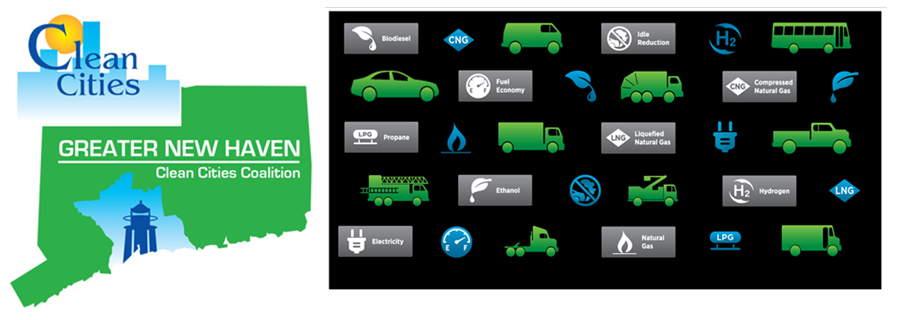 |
| A Compressed Natural Gas (CNG) refuse truck. |
The Clean Vehicle Education Foundation (CVEF) has released an update related to its investigation of the Indianapolis CNG refuse truck fire. The update contains a review of the incident as well as safety recommendations for drivers and first responders faced with a CNG vehicle fire.
Print or save the information in a PDF.
Indianapolis CNG Refuse Truck Fire Update
On January 27, 2015, two CNG cylinders ruptured while
firefighters in Indianapolis, Indiana were fighting a refuse truck fire that
appears to have started in the truck’s hopper. The CNG cylinders on this truck
were located in the area above the hopper. While the investigation is far from
complete, the Clean Vehicle Education Foundation (CVEF) wishes to alert
operators of CNG vehicles and first responders to some important facts.
A common procedure in such trash fires is to dump the load
so that it can be extinguished on the pavement. This was not done in the
Indianapolis incident, but it should always be considered wherever possible.
The fire in the trash hopper exposed the CNG fuel system mounted
above the hopper roof to intense heat. Prolonged, direct, and intense heat can
damage the structural integrity of CNG cylinders, ultimately resulting in a
rupture if pressure is not relieved.
The fuel system was equipped with pressure relief devices
(PRDs) mounted at both ends of each cylinder. The PRDs are designed to relieve
pressure in CNG containers in the event of a fire threat. The fire continued
for more than 30 minutes from initial detection prior to a cylinder rupture.
There is no evidence so far that these temperature-activated devices
experienced sufficient heat input to trigger and relieve the gas pressure. The
PRDs were designed and qualified in accordance with the ANSI PRD1 standard for
CNG PRDs.
It has been recognized that PRDs cannot always activate in
time to prevent any chance of a cylinder rupture in a fire. ANSI PRD1 contains
the following quote from the older CGA S-1.1 standard for industrial gas PRDs.
CGA S-1.1, Pressure Relief Device Standards Part 1-Cylinders
for Compressed Gases states: “relief devices may not prevent burst of a
cylinder under all conditions of fire exposure. When the heat transferred to
the cylinder is localized, intensive, and remote to the relief device, or when
the fire builds rapidly, such as in an explosion, and is of very high
intensity, the cylinder can weaken sufficiently to rupture before the relief
device operates, or while it is operating.”
CNG cylinders are almost always equipped with protective
covers that make it difficult to spray water directly on the cylinders. Direct
or indirect water sprayed on the system in Indianapolis may have kept the PRDs
below their intended trigger temperature. Another recent and very similar
refuse truck fire resulted in relief of pressure through the PRDs as intended,
but in that case the firefighters cleared the area and allowed the truck to
burn without attempting to cool the cylinder package, possibly changing the
outcome.
Recommendations:
Drivers and first responders should receive specific
training for handling a CNG vehicle fire.
If the burning cargo can be dumped or a burning trailer can
be disconnected, that should be done as soon as the fire department is
summoned.
Since in most CNG vehicle fires it is too late to save the
vehicle by the time the cylinders are threatened, fire fighters should clear a
safe perimeter and not try to approach the vehicle to fight a fire that is
threatening the cylinders unless there are injured people to evacuate.
The cylinder enclosure should not be sprayed with water
unless the PRDs will not be cooled or the gas has already been vented through
PRDs.
Based on previous fires, firefighters should not approach a
burning CNG vehicle directly from either end or side. They should approach on
about a 45-degree angle.
Specific instructions should be obtained from the vehicle
manufacturer, upfitter, or converter when dealing with the aftermath of a CNG
vehicle fire. Some of the cylinders may have been relieved during the fire but
others might remain full and will require following special procedures to empty
them.
The Clean Vehicle Education Foundation will participate in
the ongoing investigation and report on additional findings and recommendations
as needed. Contact John Dimmick at jdimmick.cvef@gmail.com or Doug Horne at
dbhorne1@gmail.com if you have any questions.
The Clean Vehicle Education Foundation makes great effort to
provide secure, accurate and complete information. However, portions of the
information contained in this document may be incorrect or not current. Any
errors or omissions should be reported to dbhorne@cleanvehicle.org for
investigation. The Clean Vehicle Education Foundation, it's officers, employees
or agents shall not be liable for damages or losses of any kind arising out of
or in connection with the use or performance of the information provided
herein, including but not limited to, damages or losses caused by reliance upon
the accuracy or timeliness of any such information, or damages incurred from
the viewing, distributing, or copying of those materials. The information provided in this document is
provided "as is." No warranty of any kind, implied, expressed, or
statutory, including but not limited to the warranties of non-infringement of
third party rights, title, merchantability, or fitness for a particular
purpose, is given with respect to the contents of this document.

No comments:
Post a Comment